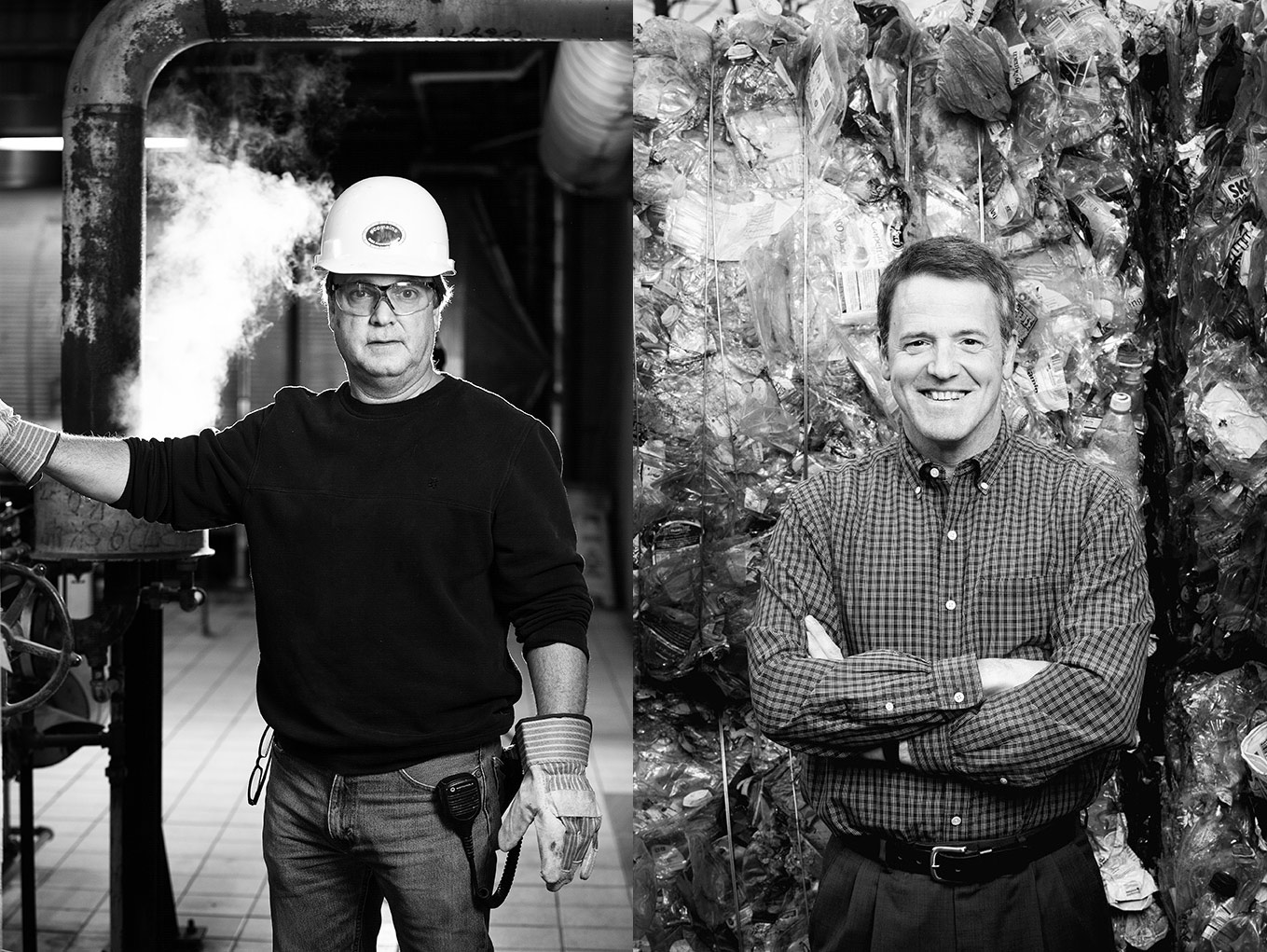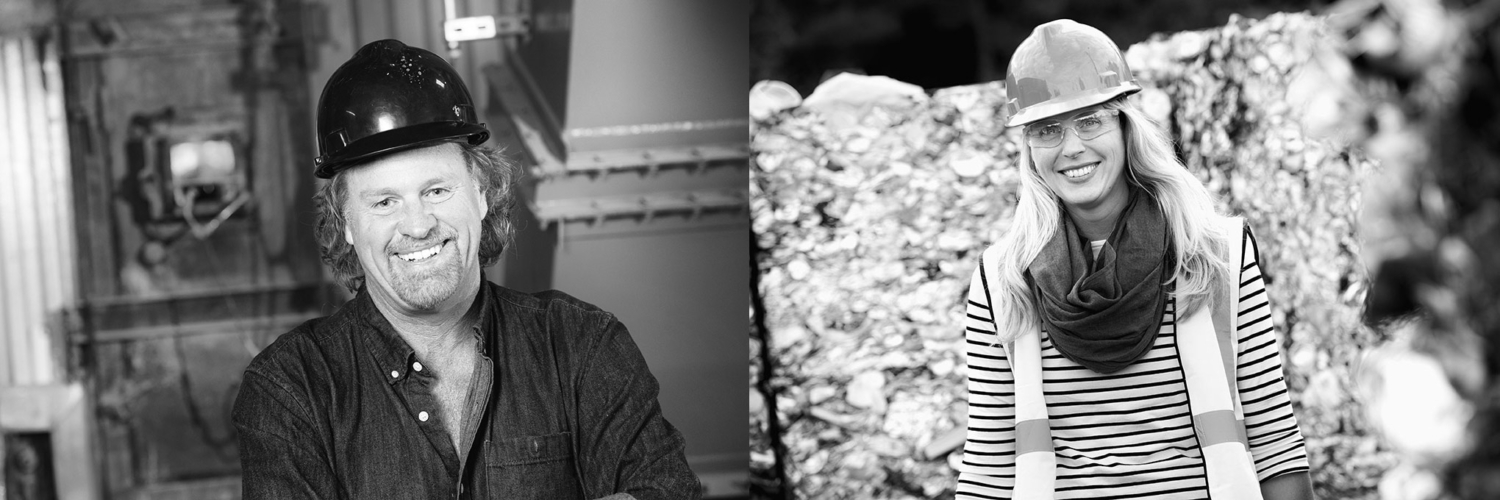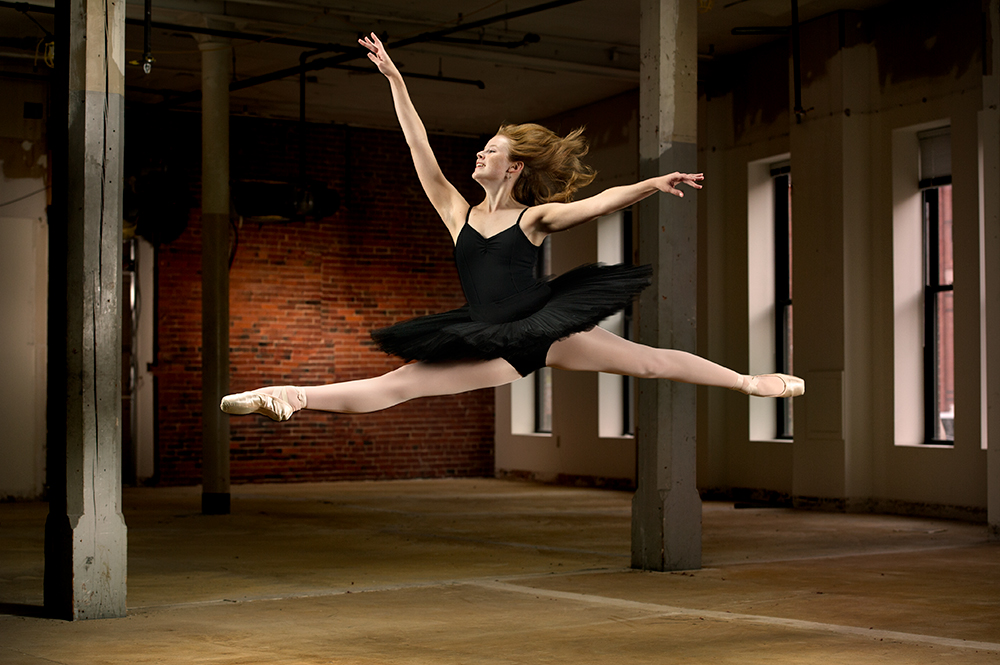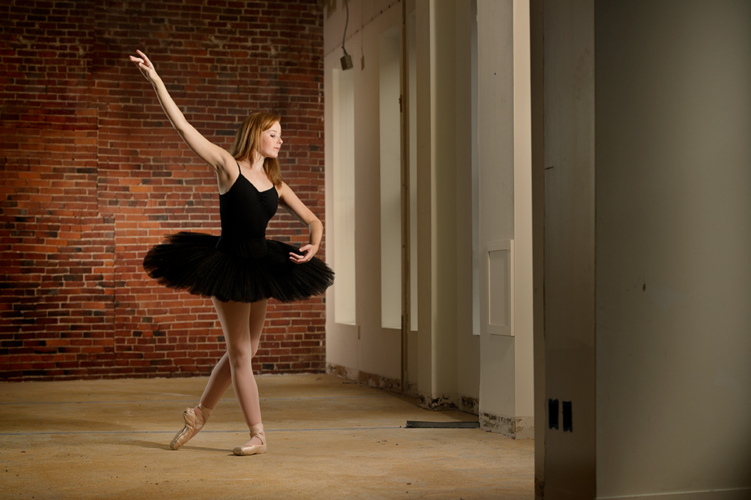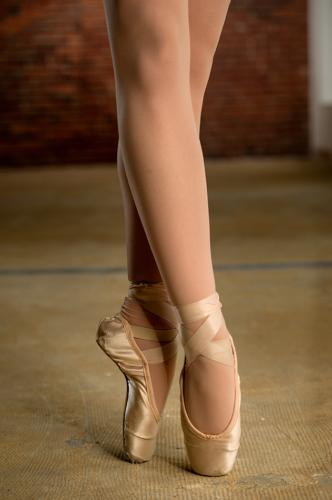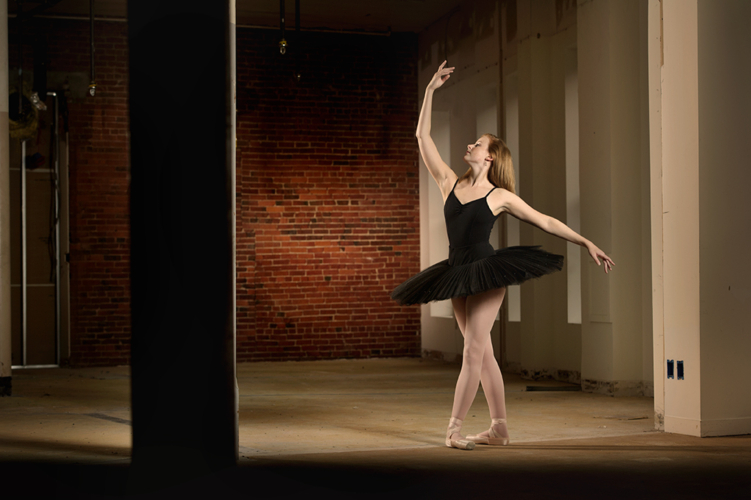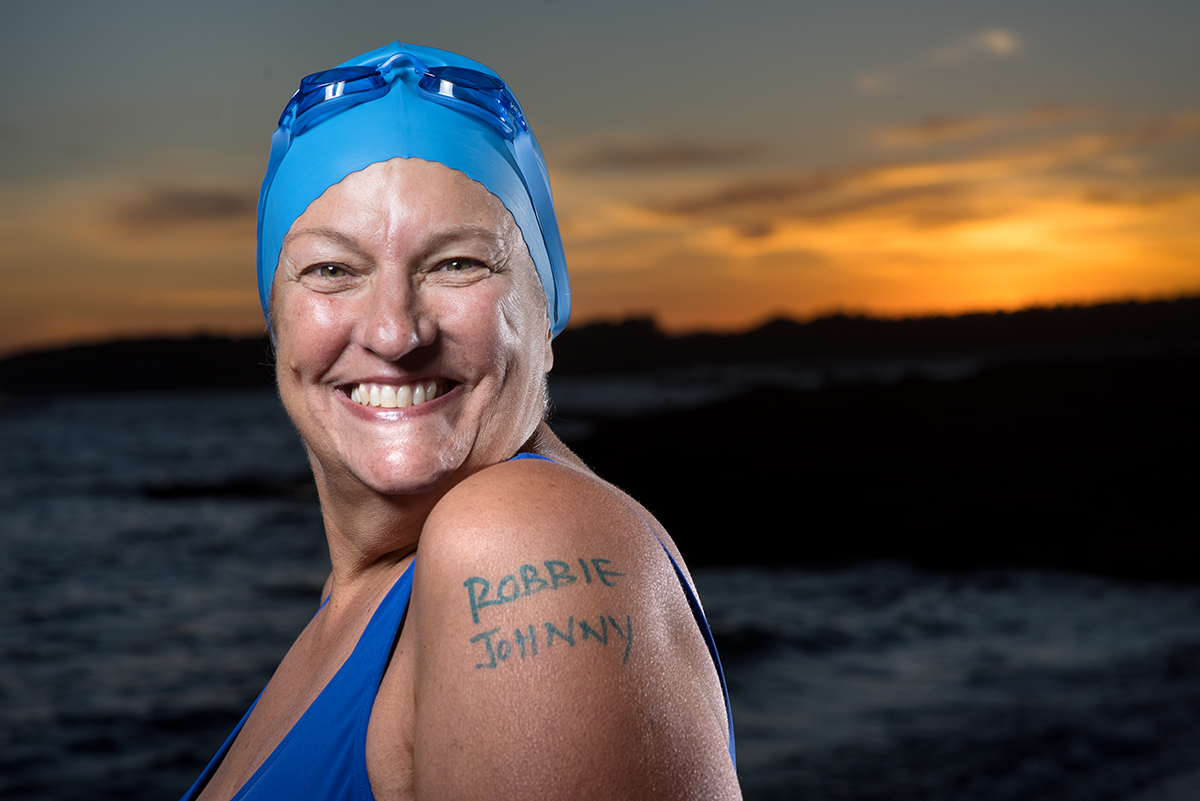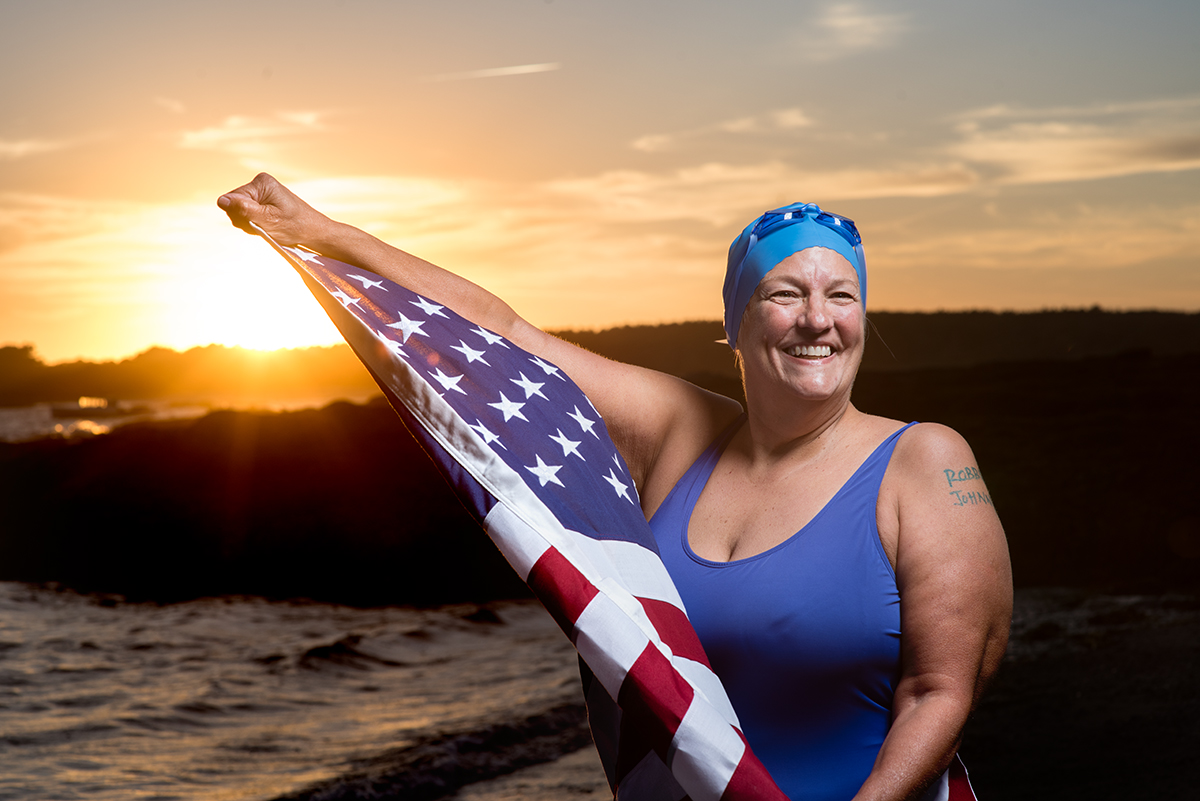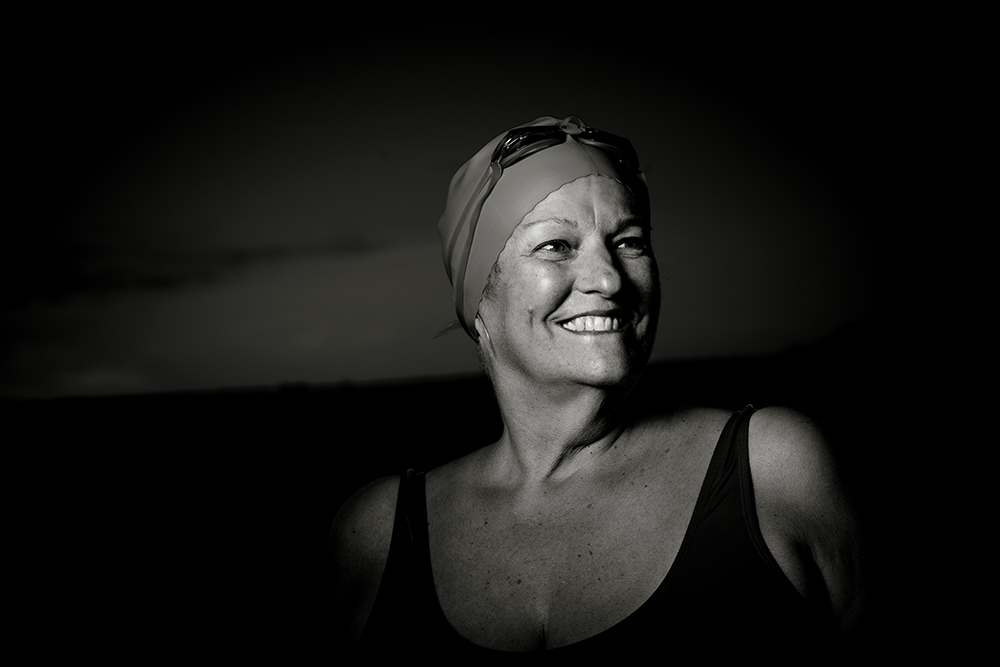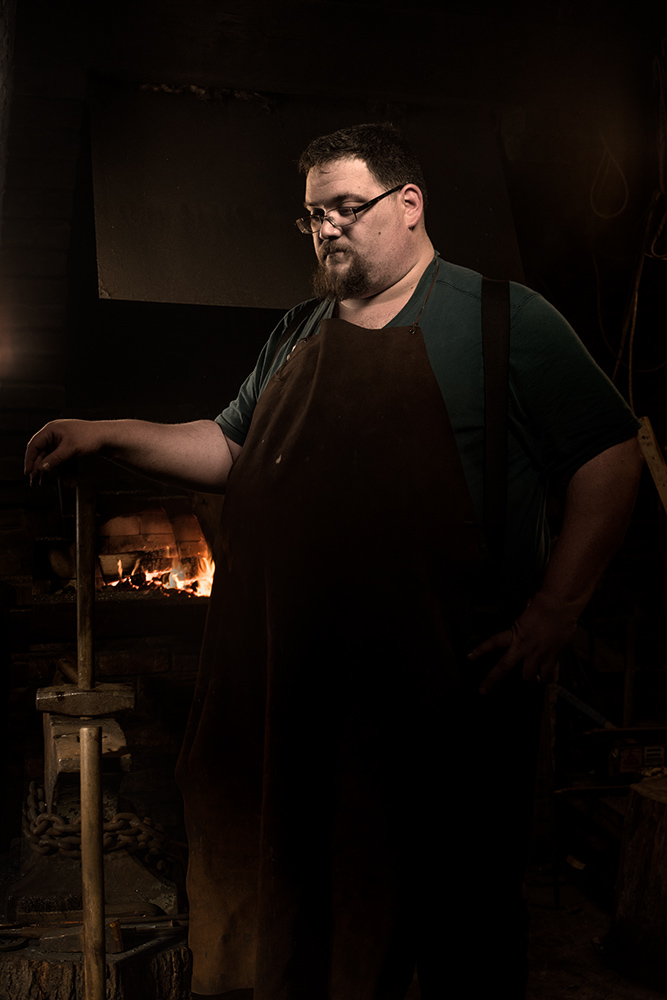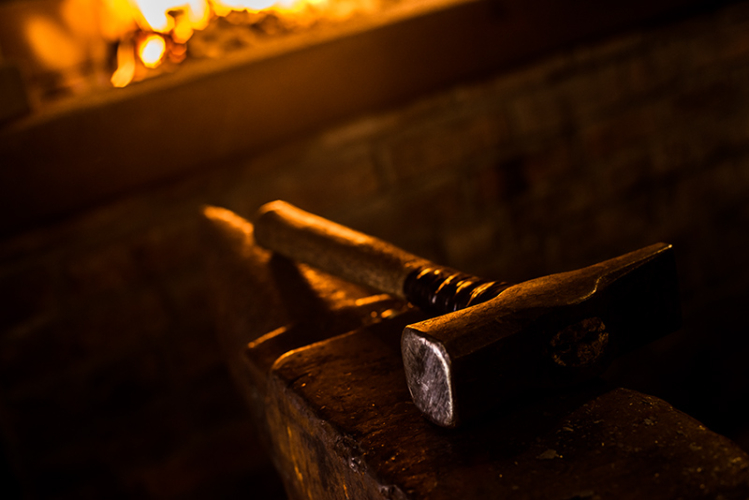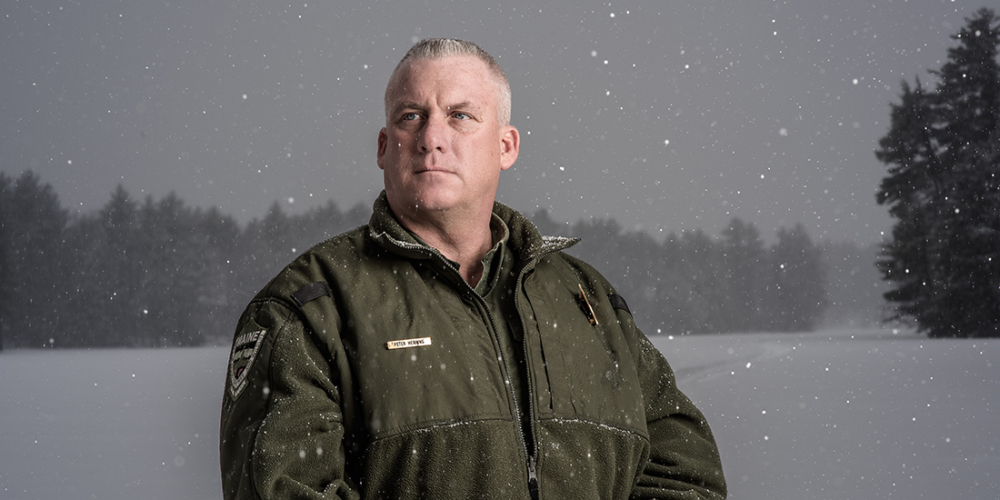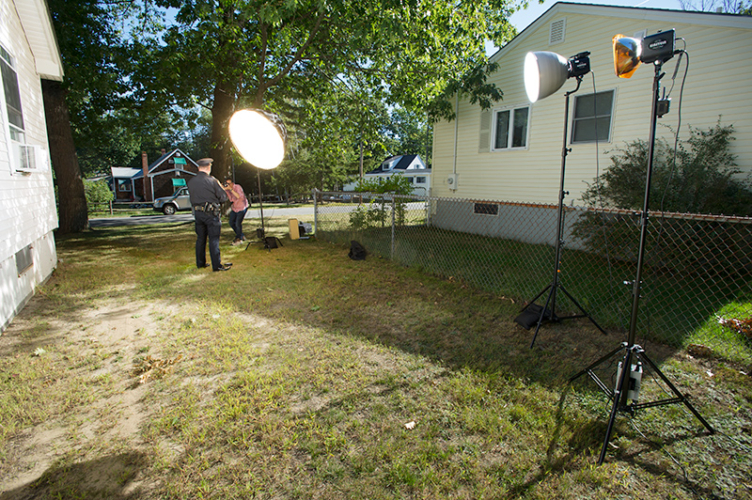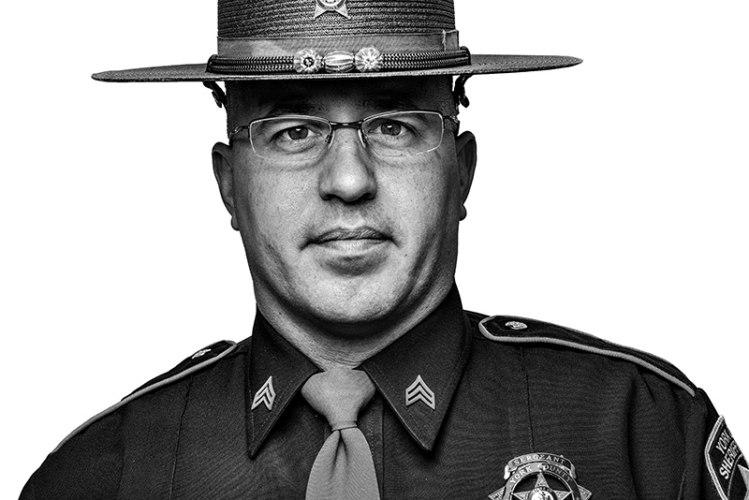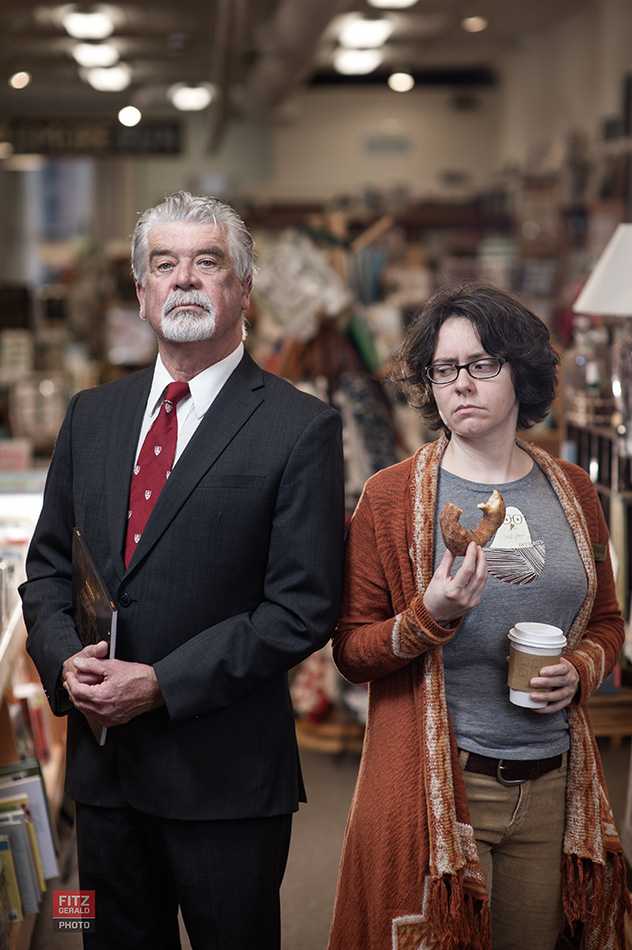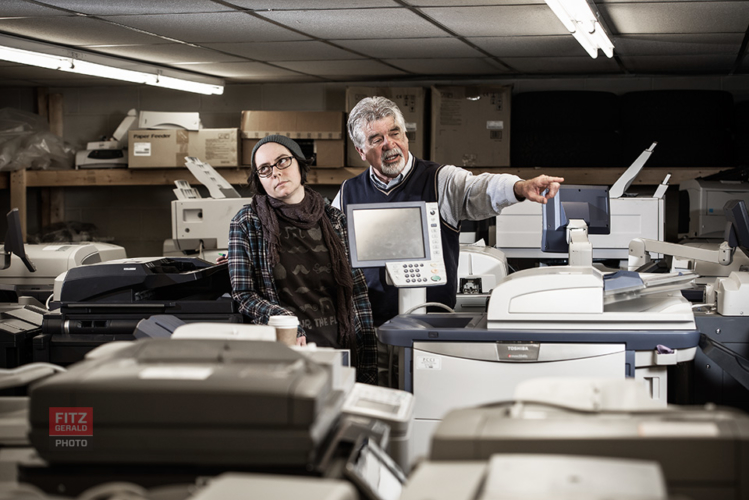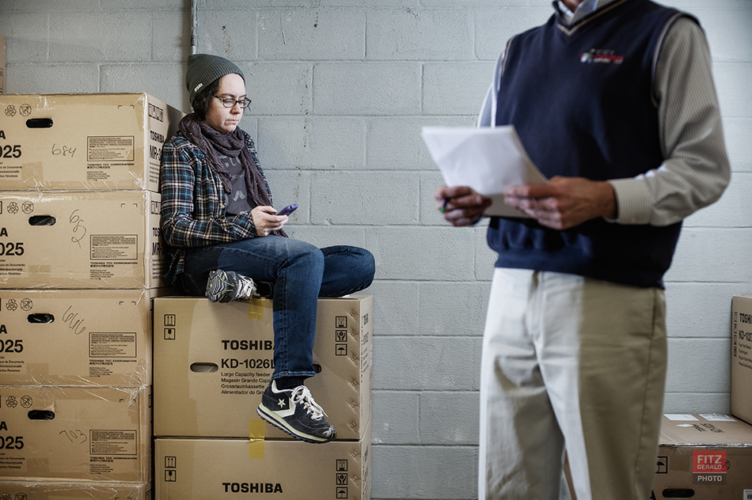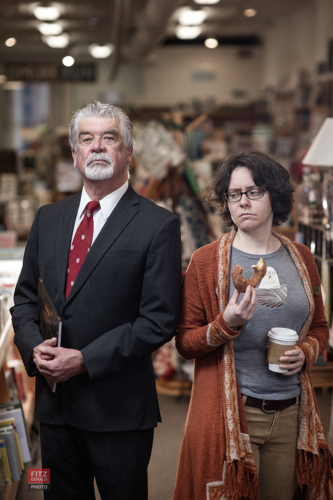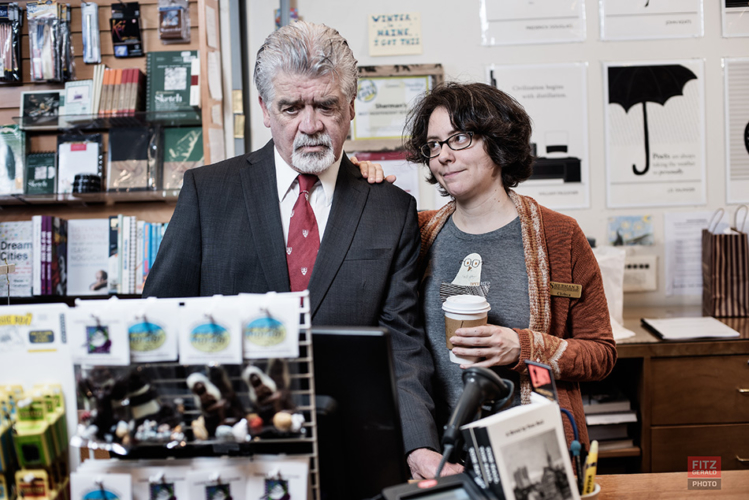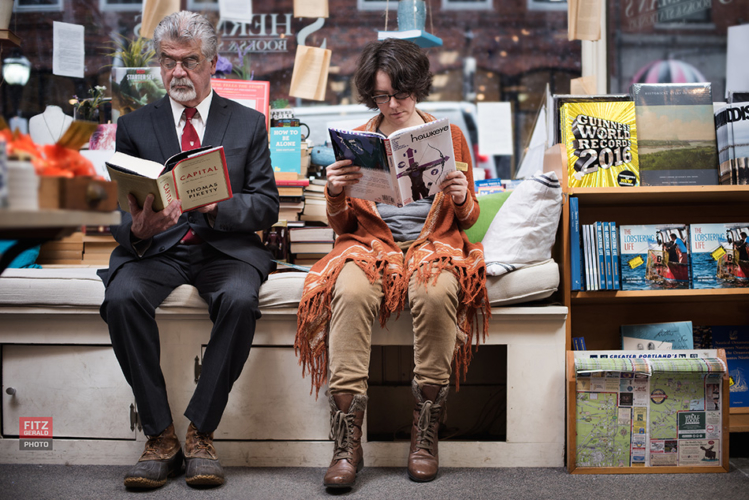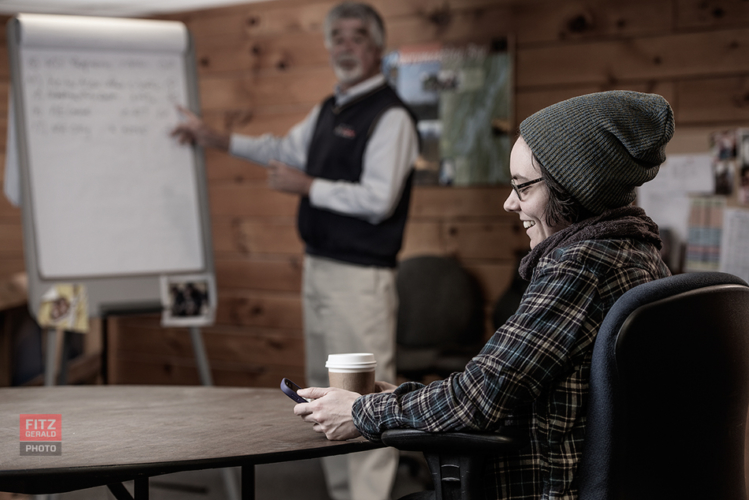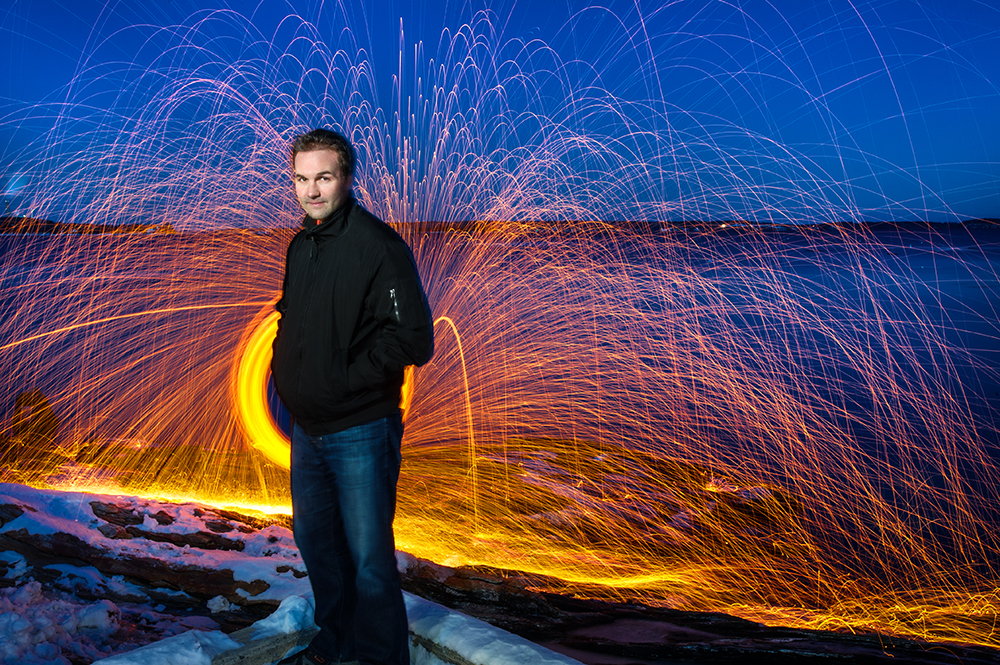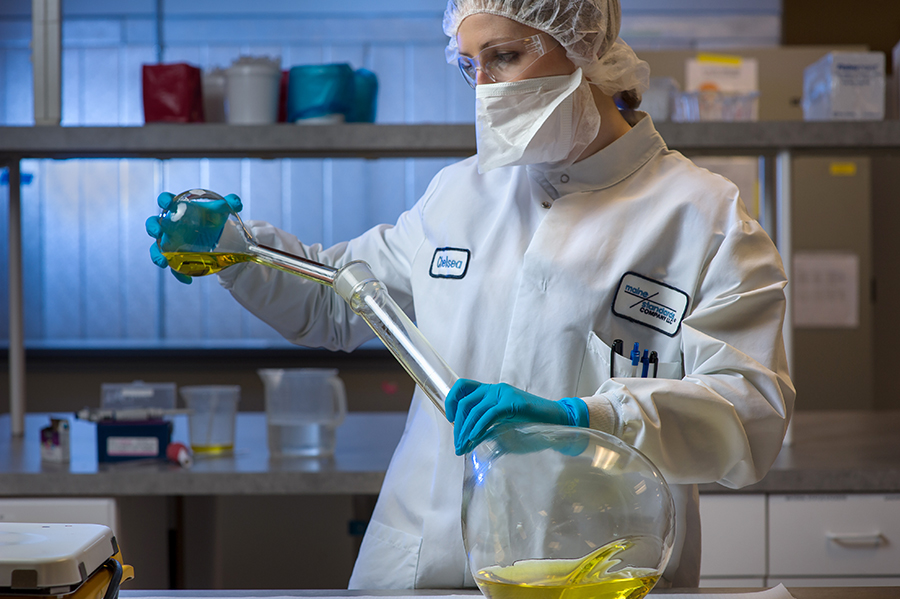I live for location work. Put me in a random environment, with changing variables and I’m in my element: solving problems as they occur. Capturing the flavor of the location in a true way. The person in the photo matters, but they are playing a duet with the background, each of them heroes in the final image.
What happens if you can’t rely on a cool and interesting environment? If you force yourself to strip out your background and all context, what are you left with?
Portrait moments, that’s what. Take out all of the other stuff that clutters the eye and what remains is mood and moment. The choice of lighting accentuates these moments, expressed subtly by eyes, lips, and posture. Here the subject is truly the hero of the image, and every subtle gesture speaks volumes.
Pretty lofty words, I know. But capturing the moment—that certain look in the eye, that lift to the chin—that’s the good stuff that keeps photographers going. That’s authentic truth, even in the middle of electronic flash mumbo-jumbo.
Case in point: this image of actress Liz Freeman that I’m publishing for the first time. It dates back more than a year, when Liz posed as a model during the Maine Light Workshop I was teaching on the creative use of off-camera flash.
I’ve been lucky to photograph Liz many times before this, but what made this situation different was that the shoot felt more like a hectic location shoot: constantly setting up gear and continually on the move. In situations like that, I have a loose ten-frame rule: if it doesn’t look good in ten clicks of the shutter, then it’s time to move on.
What struck me, going through the images, is just how present and serene Liz is in the middle of all of the activity going on around her (but not visible to the camera). I love this kind of quiet look: subtle, but an undeniably powerful, spontaneous moment.
Great job, Liz.


